Captivated by Captions: Part I
You know how it is. With too many great things in life, you keep saying, "Someday I'd love to do that" or "Eventually, I want to go there." And yet somehow you never take that trip to Bali or start studying Italian. Time passes and keeps on passing.
What a relief when you realize, "Wait a minute! Why not now? Let's do it now!"
That's how it's been for me with the photos I took for older essays during my July trip to Japan. As I mentioned in an earlier blog, I felt thrilled to see signs with the kanji I'd already written about, much as if they were my children and were up on stage, starring in a play.
As excited as I was, and as much as I longed to add those photos to older essays, it's been tough to find time for that while also writing new essays. In August I created 19 captions for eight old essays, plus three captions for already-published Renshu Resources pieces. Knowing how many unwritten captions still awaited me, I felt that the pace was far too slow.
At last I decided to clear the decks and to spend a few weeks focusing on those unwritten captions. What a job it's been! In the past two weeks I've written 75 captions. Today I'm re-releasing six essays, and 10 more will come on Wednesday. With that out of the way, I can at last move forward again!
Mind you, I'm not complaining about the photo caption work. Not at all. I've had amazing help from an army of people:
• assistants Emi Montesa, Anne Hill, and Ulrike Narins, all of whom helped with kanji identification and file management
• graphic designers Tiara Marina and Endang Mahayati, who added photos and captions to essays
• renaissance man Chris Berg, who improved some photos and helped to increase photo quality in PDFs
• proofreader extraordinaire Lutlam, who checked every caption and did massive amounts of research
Thanks so much, everyone!
I've adored working with these photos and captions. That may seem strange. The pictures are usually just of signs for shops! Why is that so exciting? Somehow I feel like telling you why, and I have so much to say that my explanation will span two JOK Notebook entries! Maybe the joy I found in this photo project will spill over into your life, inspiring you to tackle something on a regular basis—such as kanji study!
1. A Morning Meditation
Every morning for the past two weeks, I completed a new set of captions (about four to six, on average), as well as reviewing all edits that I'd received from Lutlam overnight. Some of the photos were overwhelming at first, such as this old movie poster from The Seven Samurai:

But most provided a challenge of just the right size. Take, for example, this sign at Monkey Park on the island of Shodoshima:
Starting and completing tasks at this scale is immensely rewarding. And because kanji are so compelling to begin with, I found myself with a wonderful morning practice, one that was meditative and calming, just as any routine is when it requires you to focus.
2. A Great Test
Signs sometimes appear in a context (such as a notice about a sale in front of a shoe store), but they're often out of context (as ads on subways tend to be). As such, they're a fantastic (and again finite) test of what you know.
Because I'd already written essays about these characters, they were also a great way of seeing what I no longer know!
As I analyzed photos, I found myself with these sorts of questions:
- • What's the on-yomi of 双 again?
- • What are all the meanings of 辛口 again?
- • How do we read names with 恵 in them again?
It's unnerving to see that one has forgotten what one used to know. But then again, when it comes to kanji, that's the nature of the beast. It's simply pointless to become upset about having information like this slip through the brain. It's going to happen over and over! And that affords a chance to rediscover things.
3. Detective Work
With every sign that was less than straightforward, I felt like a sleuth as I tried to "crack the case"! I also had an opportunity to hone my instincts about how the Japanese think.
Take, for example, the following sign, which puzzled me, even though it looks simple graphically and has romaji and English to boot:
The yomi is すみしょう, which makes perfect sense in terms of 匠. But what about 角? When this kanji means "corner" or "angle," it has the Joyo yomi of カク, かど, or つの. Here we're seeing it as すみ, which is a name yomi, but is that really what's going on here?
After finding the website, I discovered that the gallery president's name is Hideo Tsunoda. Could that Tsuno be connected to the つの of 角?
Aha, a different webpage showed that his surname is indeed written as 角田! And yet it's not the Tsunosho Art Gallery. Could he have chosen the Sumi in Sumisho because it brings to mind 墨絵 (すみえ: ink paintings)? Hmm!
4. Proof That People Really Use These Words!
The vocabulary I introduce in essays can feel abstract, as if those words live in books only. But my photos remind me of what I discovered over and over in Japan—namely, that the terms I've written about really do exist! People use these words and know how to read them!
I never dreamed I'd see any of the following words out in the world:
豆知識 (まめちしき: trivia), from essay 1640 on 豆 (bean)
脱臼 (だっきゅう: dislocation), from essay 1987 on 臼 (mortar)
巨匠 (きょしょう: master; maestro), from essay 1388 on 匠 (master; craftsperson)
But here they all are:
In the newly reissued essays, I've cropped these photos so as to focus on the kanji that matter most for that discussion, but here I'm presenting more of the context in which I found them. The first comes from Rokko Farm in the mountains above Kobe. The second is for an Osaka chiropractic and acupuncture office practicing Traditional Chinese Medicine. I took the last one on Shodoshima at the set of the classic film Twenty-Four Eyes.
This last photo is one of my favorites. Beautiful Japanese architecture, an island in the Inland Sea, movies, and kanji—it doesn't get better than that!
Here are the essays I'm reintroducing this week:
Essay 1095 on 缶 ((tin) can), with 2 new photos on page 7.
Essay 1176 on 斤 (loaf (of bread)), with 2 new photos on page 7.
Essay 1227 on 玄 (mysterious), with 2 new photos on page 13.
Essay 1335 on 芝 (lawn grass), with a new photo on page 10. This is one of the free essays!
Essay 1513 on 双 (pair), with 3 new photos on pages 12 and 13.
Essay 1552 on 沢 (marsh; plentiful), with 2 new photos on pages 10 and 11.
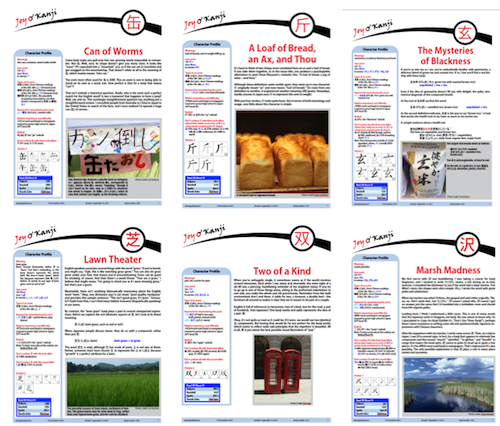
Twelve more coming up next week! Have a great weekend!

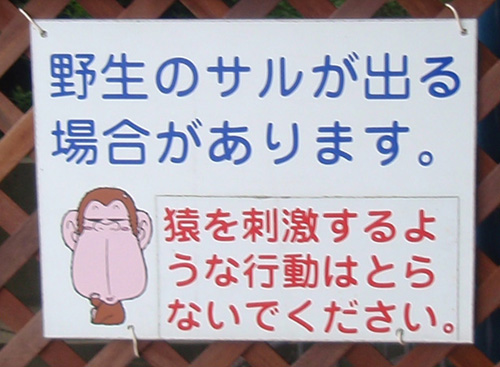
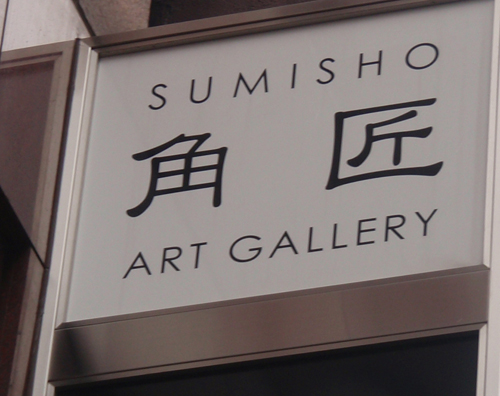
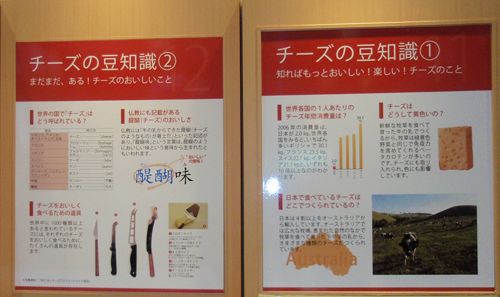
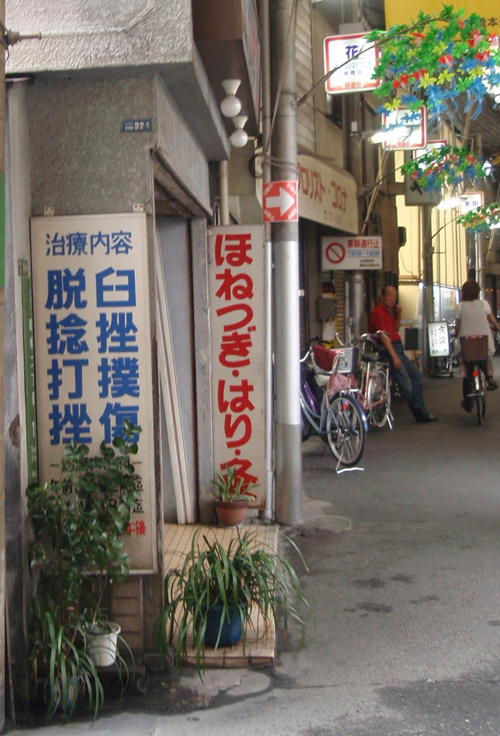

Comments